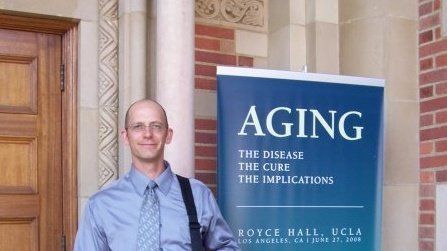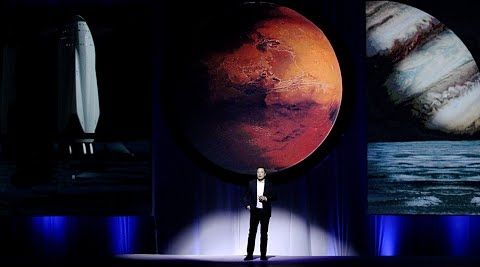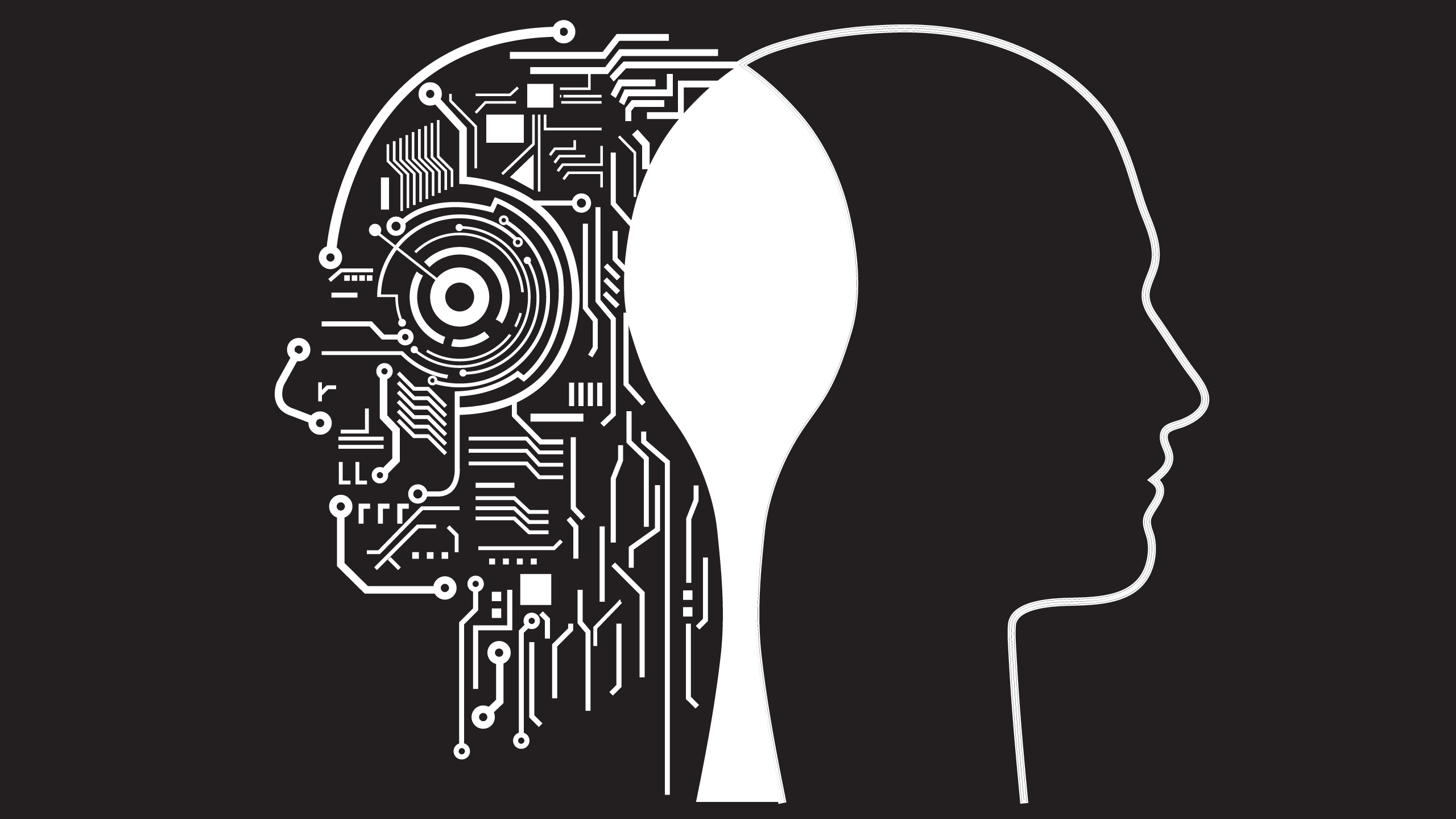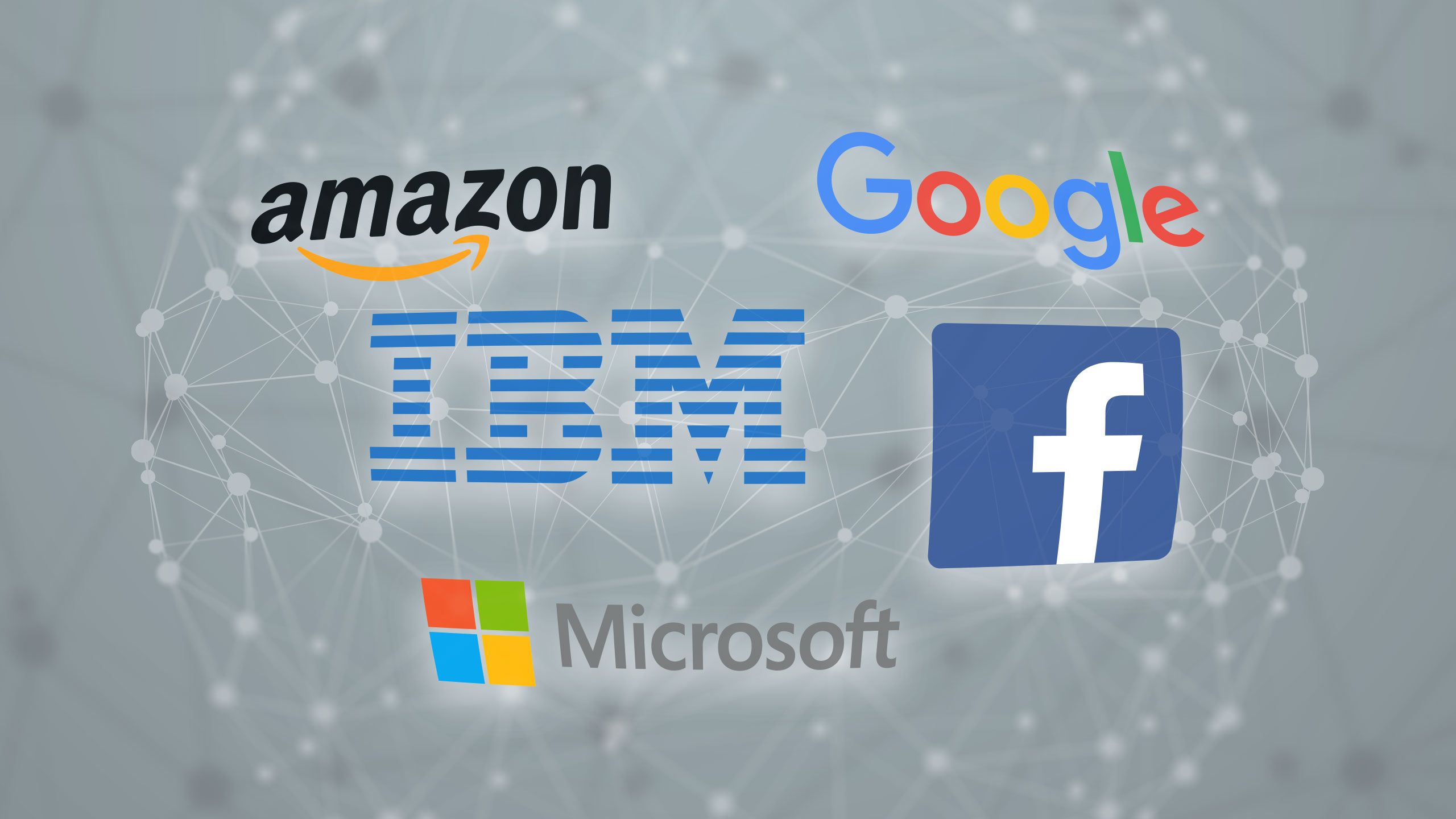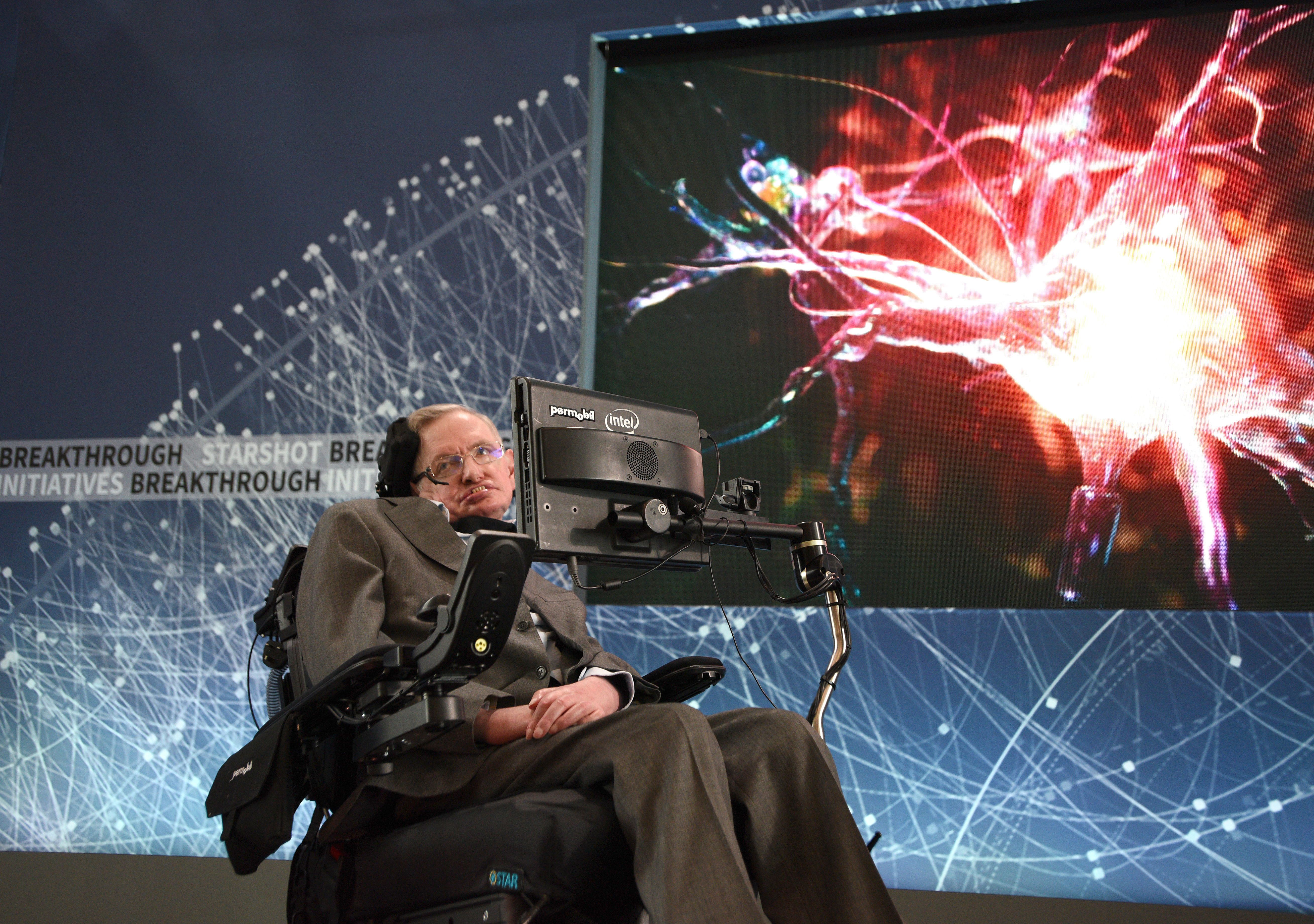“Brittan Heller has a hard job. The Anti-Defamation League’s first director of technology and society, she’ll be working with tech companies to combat online harassment.”
Please sign this petition to the NIH to help get more funding for aging research.
Every year about two million Americans die of illnesses doctors cannot cure. Cancer afflicts 50% of men and 30% of women. Five hundred and ninety five thousand Americans will die of cancer this year. Millions get heart diseases, strokes, etc. Every year 1,612,552 Americans die of the top 8 illnesses that doctors are unable to cure. Over a 30-year period, 48,376,560 United States citizens will die of the top 8 illnesses. Let us not forget other disabling and potentially curable illnesses. How much is it worth to save them? We have the resources and opportunity to cure age-related disease.
History has shown that medical research actually saves money. We now spend three trillion two hundred billion dollars yearly for health care. The health care expenditures will increase as our population grows with more senior citizens.
Every year we also spend hundreds of billions of dollars for services such as Social Security Disability, welfare, food stamps, special transportation, etc. Medical research will help cut down on the need for these services. It will also extend our lives.
Elon Musk unveils SpaceX’s future Mars vehicle and discusses the long-term technical challenges that need to be solved to support the creation of a permanent, self-sustaining human presence on Mars. The presentation focuses on potential architectures for sustaining humans on the Red Planet that industry, government and the scientific community can collaborate on in the years ahead.
Overview:
00:00. Why Mars and become a multi-planetary civilisation.
05:55. Early exploration missions.
09:15. Challenge 1: Full re-usability
11:17. Challenge 2: Refilling in orbit
12:31. Challenge 3: Mars propellant production.
Translating from one language to another is hard, and creating a system that does it automatically is a major challenge, partly because there are just so many words, phrases and rules to deal with. Fortunately, neural networks eat big, complicated data sets for breakfast. Google has been working on a machine learning translation technique for years, and today is its official debut.
The Google Neural Machine Translation system, deployed today for Chinese-English queries, is a step up in complexity from existing methods. Here’s how things have evolved (in a nutshell).
The world’s largest technology companies hold the keys to some of the largest databases on our planet. Much like goods and coins before it, data is becoming an important currency for the modern world. The data’s value is rooted in its applications to artificial intelligence. Whichever company owns the data, effectively owns AI. Right now that means companies like Facebook, Amazon, Alphabet, IBM and Microsoft have a ton of power.
In an act of self-governance, these five companies came together today to announce the launch the new Partnership on AI. The group is tasked with conducting research and promoting best practices. Practically, this means that the group of tech companies will come together frequently to discuss advancements in artificial intelligence. The group also opens up a formal structure for communication across company lines. It’s important to remember that on a day-to-day basis, these teams are in constant competition with each other to develop the best products and services powered by machine intelligence.
Financial support will be coming from the initial tech companies that are members of the group, but in the future, membership and involvement is expected to increase. User activists, nonprofits, ethicists and other stakeholders will be joining the discussion in the coming weeks.
“The world awoke on Wednesday to an actuality it had never known before: a modern state of Israel without Shimon Peres. But in many respects Mr. Peres’s Israel began to disappear long ago.”


